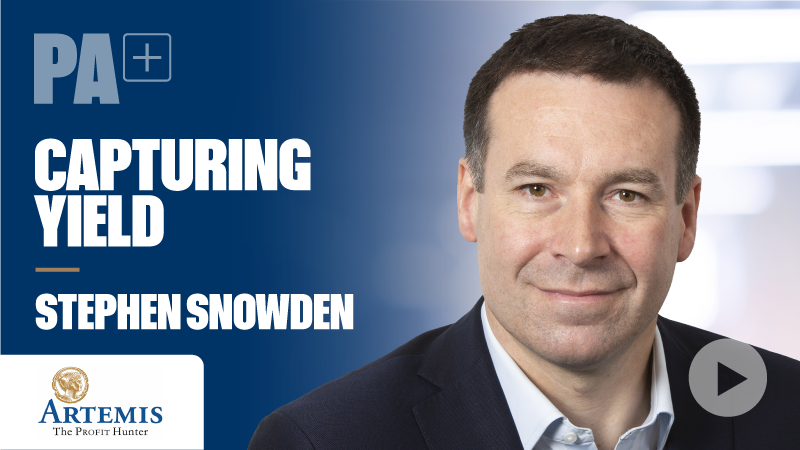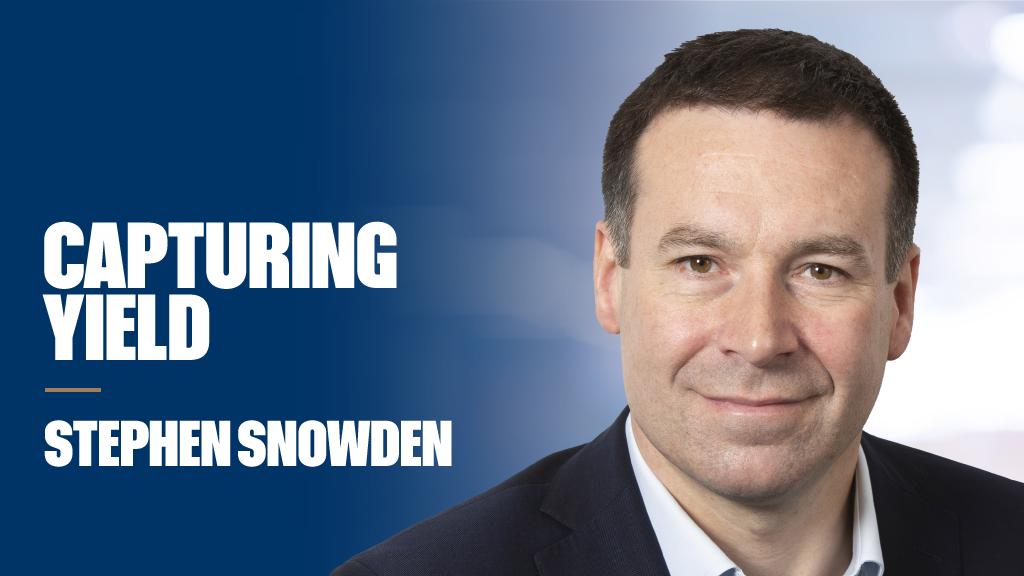By Ed Lopez, president of global money market services at Calastone
The money market fund (MMF) landscape is set to evolve this year in response to shifting macroeconomic conditions and advances in digital finance.
Central banks around the world are likely to continue adjusting interest rates downward – a trend that could have a significant impact on the MMF sector. At the same time, new technological innovations such as tokenisation are poised to revolutionise how these funds are used, traded, and managed.
Rate cuts
Money market funds have enjoyed a renaissance in recent years thanks largely to rising interest rates. These vehicles became increasingly attractive to institutional and corporate investors seeking security, liquidity, and yield (the so-called SLY factors).
With rates hovering around 5% in many markets during 2023 and into early 2024, MMFs were seen as an attractive safe haven, bringing in over $6trn in assets in the US alone. However, the outlook for 2025 suggests that the days of high returns from MMFs may be numbered.
See also: ‘Strap in’: Trump returns to questions on tariffs and inflation
Several central banks have cut interest rates as they seek to manage economic slowdowns and deflationary pressures. The recent re-election of Donald Trump has also introduced new complexities into the macroeconomic outlook.
Potential shifts in fiscal policies such as tax reforms and trade measures may influence the Federal Reserve’s monetary stance, creating ripple effects on global interest rates and the MMF market.
Even if rates drop lower, MMFs will remain relatively attractive compared to the near-zero or even negative yields seen in the pre-pandemic years. However, fund providers will face new challenges in a lower-rate environment.
Investors, particularly those accustomed to fee waivers or low fees, will continue to demand competitive services while also expecting the high yields of recent years. This could place significant margin pressures on MMFs and their providers.
See also: PA Live A World Of Higher Inflation 2025
At the same time, the competitive landscape in the MMF industry is set to intensify. As yields decline, the ability to differentiate through service offerings will again become even more important.
Providers that have embraced automation and enhanced their digital capabilities will be in a better position to weather the changes. Automation of trading, sweep, settlement, and reporting processes not only improves operational efficiency but also enhances the investor experience, allowing fund managers to offer more value to clients at a lower cost.
Automation
Automation will continue to play a critical role in the future of money market funds, especially as investors seek to streamline their operations and reduce costs.
It has become a key differentiator for fund providers and portals. By digitalising the entire MMF investment process, from trade execution to settlement and reporting, Calastone’s Money Market Services (MMS) solution allows fund providers to offer a seamless, real-time investment experience. This not only improves efficiency but also reduces risk by eliminating manual intervention and the potential for errors.
See also: AXA CEO leaves for new role at M&G
As central banks cut rates, the pressure on margins will increase, forcing more fund providers to look for ways to optimise their operations. Automation offers a clear path forward, enabling providers to maintain profitability while continuing to deliver high-quality services to their clients.
In 2025, we expect to see more fund managers investing in automation technologies as a means of staying competitive in an increasingly commoditised market.
Tokenisation – the next frontier
While rate cuts and automation will dominate the headlines, another major trend in the MMF space is the rise of tokenisation. It refers to the process of converting rights to an asset, such as a money market fund, into a digital token that can be traded on a distributed ledger technology (DLT) network.
In the case of MMFs, tokenisation offers significant benefits, particularly in the areas of collateral management and liquidity.
Currently, investors in MMFs often face inefficiencies when using these assets as collateral. For instance, an investor holding units in an MMF must first redeem those units for cash before using the cash as collateral.
See also: Stuart Parkinson becomes Stonehage Fleming CEO
This process is slow, cumbersome, and requires the investor to forgo any yield on the asset during the transaction period. Tokenisation, however, would allow investors to pledge their MMF units directly as collateral, without needing to convert them to cash.
This would streamline the process, reduce counterparty risk, and allow investors to continue earning yields on their assets while they are being used as collateral.
Tokenisation could also help stabilise money markets during periods of economic stress. During the 2020 COVID-19 crisis, for example, many investors rushed to redeem their MMF holdings to raise cash for margin calls, leading to significant outflows and market volatility.
By enabling investors to use tokenised MMF units as collateral, tokenisation could prevent such large-scale redemptions in the future, thereby enhancing the resilience of money markets.
See also: Edinburgh Worldwide releases full-year results ahead of Saba vote
The concept of tokenised money market funds is not merely theoretical – real-world use cases are already beginning to emerge. In the UK, the Technology Working Group has endorsed the use of tokenised MMFs as collateral, and several successful pilots have been conducted in other jurisdictions.
In 2025, we expect to see tokenisation get much closer to being mainstream feature of the MMF market. As the regulatory landscape continues to evolve and the necessary technological infrastructure matures, more fund providers will begin to explore the benefits of tokenising their MMF units.
2025 and beyond
The outlook for money market funds in 2025 is one of both opportunity and challenge. While rate cuts are likely to reduce yields, the continued evolution of automation and tokenisation will provide new ways for fund providers to differentiate themselves and offer value to their clients.
With the US election concluded and Donald Trump re-elected, global markets will be closely watching for changes in trade, fiscal, and regulatory policies. These developments could reshape economic conditions and present new opportunities or challenges for MMF providers as they navigate this evolving landscape.
As the MMF sector becomes increasingly competitive, the ability to integrate advanced digital solutions will be key to success.









